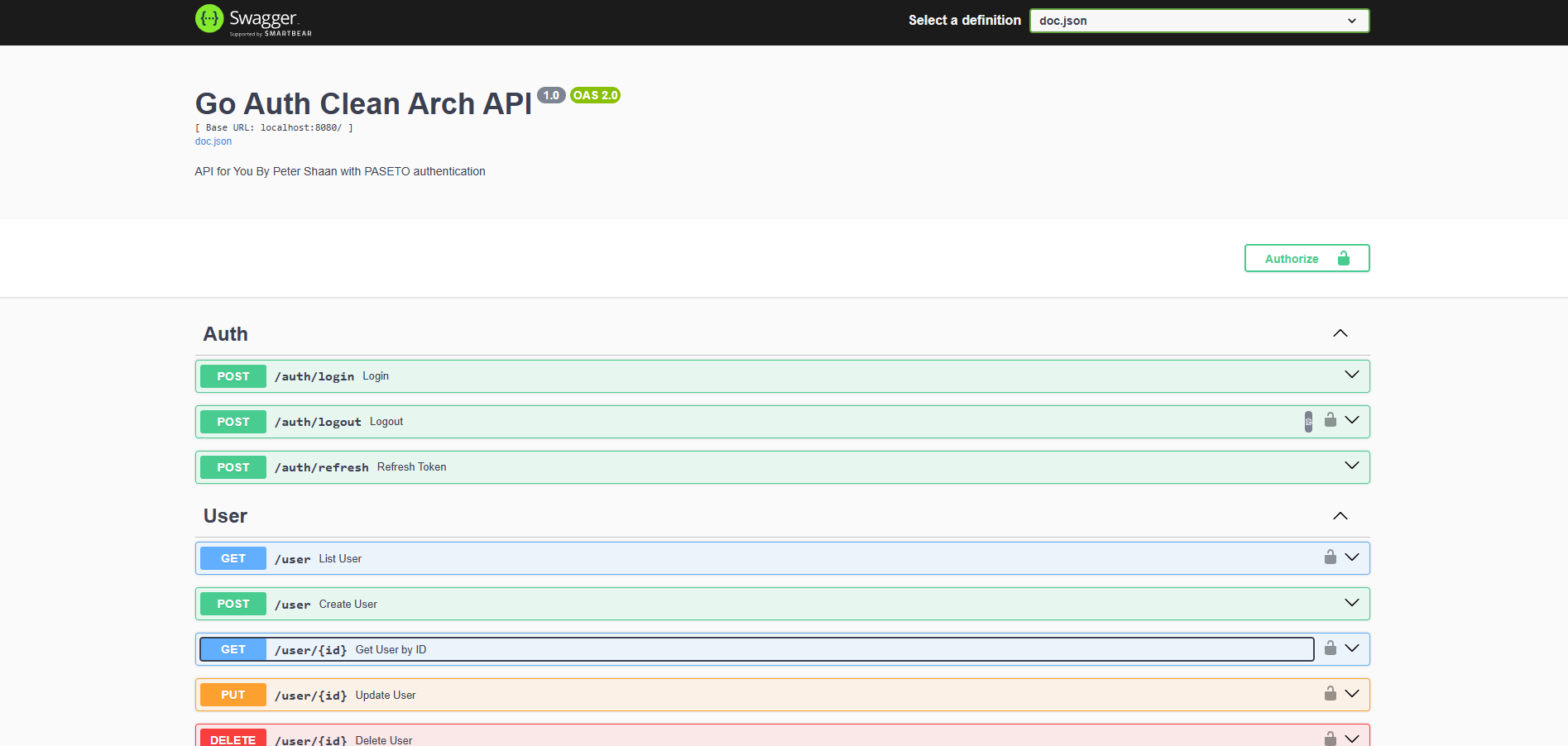The Problem Begins with the word "Authentication"
Let's be real: most of us thought authentication was easy at some point. Match a username and password, issue a valid session, and call it a day.
You'll often hear advice like, "Just use JWTs and secure cookies, you'll be fine." But when you're building for production, that's where the real challenges begin. There are critical aspects of security that many developers overlook.
So that's why I want to share the different levels of authentication I've learned through experience, and why "good enough" isn't good enough.
Access Token and Refresh Token
Before diving into the main topic let's clarify two key concepts:
If you're new and building an application, you might think a single token is sufficient. But in reality, your app must use two types of tokens for authentication:
- Access Token: This is a short-lived token that is used to access protected resources. It contains the user's claims and is sent with each request.
- Refresh Token: This is a long-lived token that is used to obtain a new access token when the current one expires. It is usually stored securely and is not sent with every request.
Think of it like checking into a hotel.
The Access Token is your room key card. It's short-lived (maybe it only works for your stay) and you use it every time you need to get into your room.
The Refresh Token is your reservation confirmation or your ID. You don't show your ID to the hotel room door. Instead, if your key card stops working or you lose it, you go to the front desk, prove who you are with your ID (the refresh token), and they issue you a new key card (a new access token).
So Your Application must implement both tokens to ensure secure and efficient authentication.
If your application and you already understand about access and refresh tokens, let's dive into the different levels of authentication.
The Levels of Authentication
Level 1: The Beginner
This is what they teach you in school. You check if the user's credentials match the database. If they do, you grant access.
- How it works:
- Short-lived JWT Access Token (5-15 minutes).
- Long-lived Refresh Token (1-7 days).
- Logout means "delete the token on the client."

It seems simple, but it's riddled with problems:
- If a token is stolen, an attacker has access until it expires. A stolen refresh token is even worse.
- There's no easy way to revoke a token before it expires.
Level 2: The Intermediate
At this stage, you start patching the holes from Level 1. Instead of just deleting tokens on the client, you start managing them on the server.
- Common techniques:
- Token Blacklisting: You maintain a list of revoked tokens in a database.
- Global Logout Timestamp: When a user logs out, you store a
last_logouttimestamp. On every request, you check if the token was issued before this timestamp. If so, you reject it.
Now, if a token is stolen, it's useless because it's on the blacklist. Better, but not perfect.

Level 3: The Professional (Production Grade)
This is where you get serious about security and user experience. The game-changer here is Session Versioning.
- How it works:
- Session Versioning: Every time a user logs in, you create a new version of their session. If they log in from another device, the old session version is invalidated.
This solves the biggest problem with Level 2: a token blacklist can grow massive and become unmanageable. With versioning, you only need to store the latest session version for each user. Any request with an old version is automatically rejected.
It also fixes the issue with global logout timestamps. You can even manage sessions per device. For example, a user logged in on Device A and Device B can have the same Session ID (sid) but different Session Versions (sv). If they log out from Device A, only that specific sv is invalidated, while Device B remains logged in.
👉 This is the modern standard used by fintech, major SaaS platforms, and even in Google's OIDC style. Logout is instant and absolute.
And finally, consider the token format on this level isnt just JWT or JWE. using more secure alternatives like:
- PASETO (Platform-Agnostic Security Tokens): A more secure alternative to JWT. PASETO is designed by default to be secure and avoids many of JWT's known vulnerabilities.
If You're wondering why JWT is not secure enough, read this article: Why JWT is not secure enough.
So JWT is just a format, not a complete protocol, and header for JWT can be tampered with. PASETO solves this problem by removing the header and using a fixed format.
Level 4: The Advanced (Highly Regulated)
For applications handling highly sensitive data, you need even more layers.
- Device Binding: Every device must be registered. A login from a new device requires extra verification (like an email or SMS link).
- Multi-Factor Authentication (MFA): The user must provide an additional factor, like a code from their phone.
- Anomaly Detection: The system actively looks for suspicious activity, like logins from unusual locations or unrecognized devices.
My Go Authentication Template
When I first started learning Go, I also thought auth was simple. But the deeper I went, the more I realized its complexity. That's why I built a production-ready if you want to use it just use it guys

What makes my template different?
- PASETO for more secure tokens.
- Swagger documentation for easy API exploration.
- Echo Clean Architecture to keep business logic separate.
- Session Versioning for effective and secure session management.
- Comprehensive Security Middleware to protect endpoints.
- Automatic Migrations with GORM for easy database setup.
- Full Documentation to get you started quickly.
Final Thoughts
Many developers think "auth is easy" because they stop at Level 1.
But as soon as your application serves real users, the problem isn't just logging in; it's logging out and revoking access securely.
Starting at the basic level is fine. But don't stay there. As your application grows, you need to level up your security game.
🔑 Remember: Security isn't a feature. It's the foundation.
